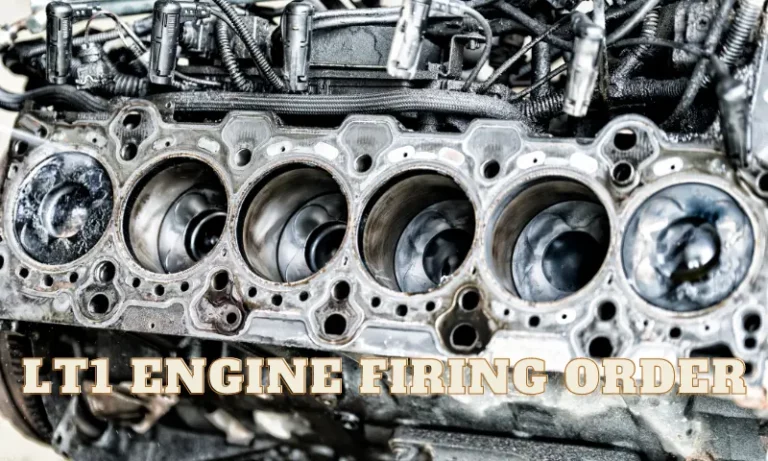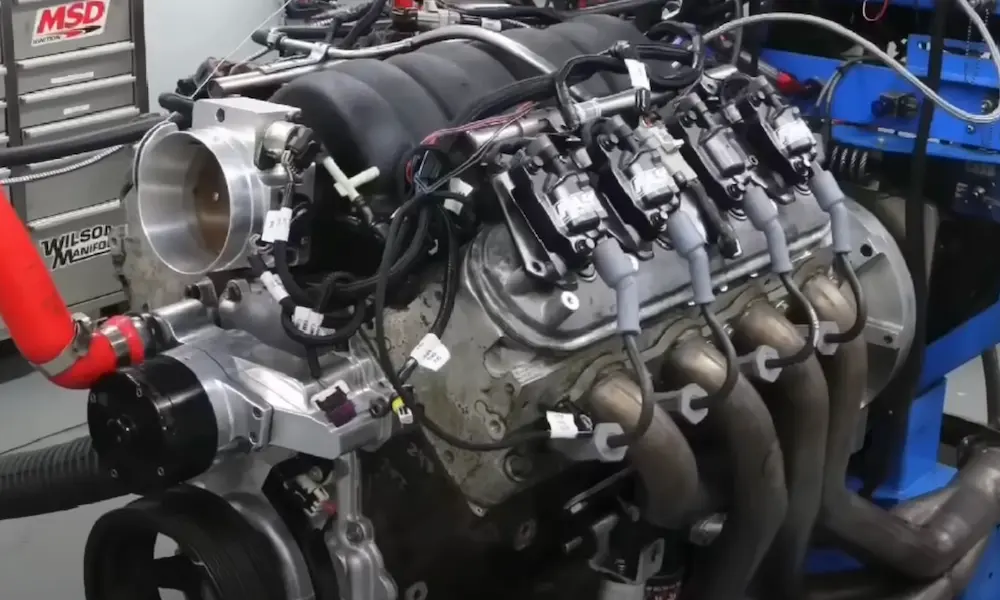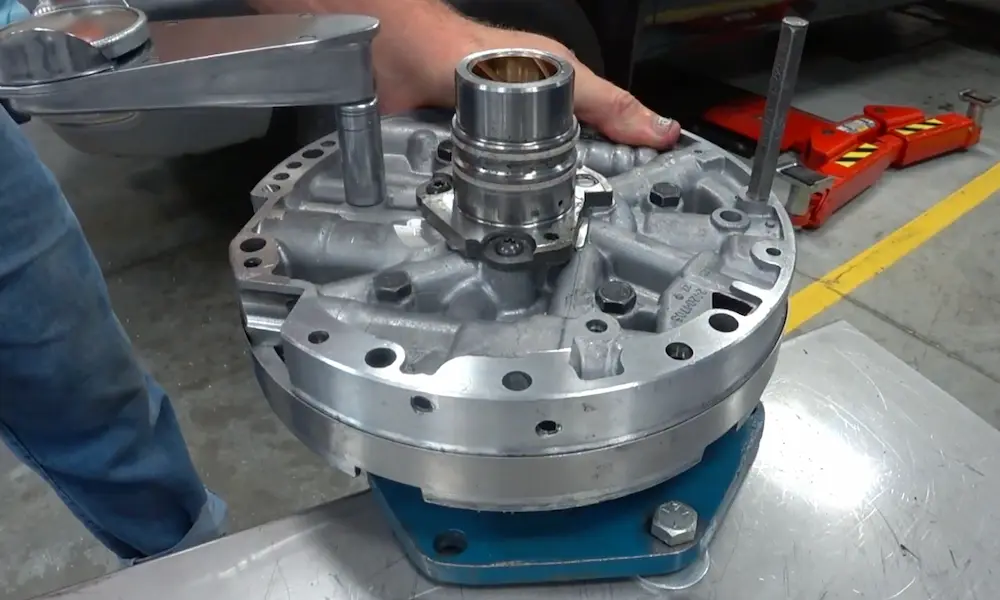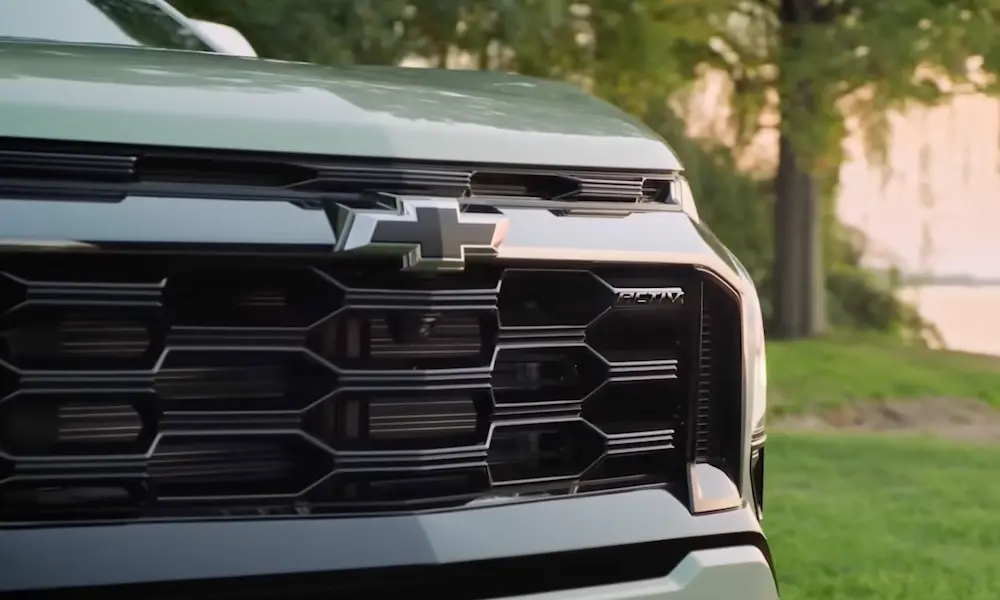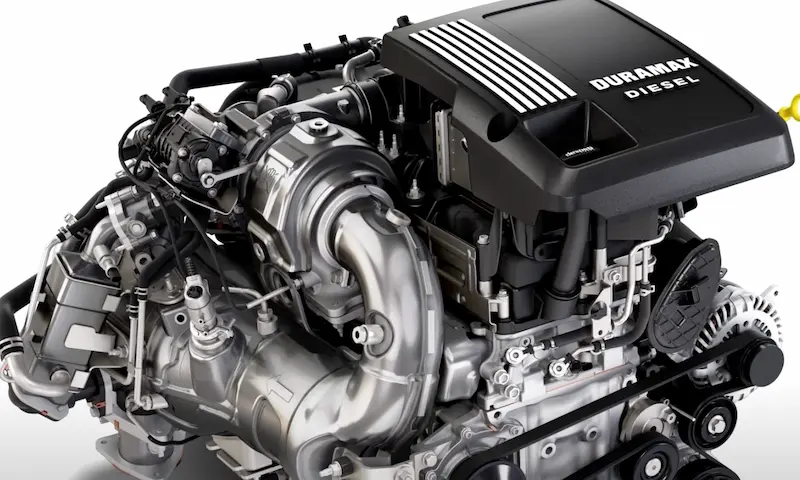GM is popular for tweaking the alphanumeric naming system of its high-performance engine. The small-block LT1 engine is one of the trademark designs of this brand. What does an LT1 engine firing order mean? In this article, I will be looking at a firing order of a multiple-cylinder engine.
Definition and History of the LT1 Chevy Engine
An LT1 engine is a small-block performance engine introduced in the 1970s by the Chevy division of General Motors. It is designed as a boisterous engine intended for racing. Built with high winding, a high-lift camshaft, and solid valve lifters, this engine is available in Camaro and Corvette. The LT1 comes with a 350cu 5.7 L engine and is part of the popular high-performance ZR-1 option. During its early years of production, the LT1 engine was limited to maximum performance ratings of 300hp (horsepower) and 240 lb.ft. (torque).
No doubt, the LT1 small-block aluminum-head engine offers more sophistication than you would find with the original LT1 cast-iron Fuelie small-block engines. Again, the LT1 not only boasts an incredible reverse-flow cooling system; it’s also a perfect pick for its modern electronic fuel injection principle. Yet, it runs smaller valve sizes of 1.94/1.50.
What is LT1 Engine Firing Order?
The order in which the cylinders are sparked is called the firing order. In other words, the firing order is the order of sparking in the cylinder of a multi-cylinder engine. The firing order of a given internal combustion (IC) engine depends on the number of cylinders in the engine. The firing order often corresponds to the order in which the spark plugs are passed. The order is different if you’re using a diesel engine. The firing order of a diesel engine corresponds to the order in which fuel is injected into each cylinder.
The firing order affects the vibration, sound, and evenness of power output from the engine. The engine firing order must be maintained and proper ignition timing should be ensured to keep the engine operation smooth.
Let me say here that the firing order differs from engine to engine, depending on their configurations. For example, the firing order of a two-cylinder V-shaped engine is completely different from that of a four-cylinder inline engine. As a technician or mechanic, you need to identify the engine configuration of your LT1. If you’re dealing with a multiple-cylinder engine, like the LT1, firing order also means a sequence in which power is produced inside the cylinder. I will explain this in detail shortly.
How does LT1 multiple-cylinder Engine Firing Order Work?
In your car’s ignition system, the distributor transmits sparks to each of the spark plug leads, one at a time. The number of sparks the distributor produces in one revolution is equal to the number of cylinders in the engine.
In a four-cylinder engine, for example, each cylinder requires a spark and they get sparked one by one in every 720 degrees of camshaft revolution. What it implies is that a spark takes place in every 180-degree of the crankshaft revolution. There is an order in which this sparking takes place.
The power strokes also need to be equally placed to get an equally balanced movement of the crankshaft. Three main factors that could potentially affect the LT1 engine firing order are:
- Engine vibration
- Development of back pressure
- Engine cooling system
Let’s imagine that you first fire cylinder 1 of your LT1 engine. There’s a force acting downwards on the first cylinder that produces forces in certain directions (say A and B of magnitude. However, A bears more force than B. If you fire cylinder 2 immediately after firing cylinder 1, bearing A will be forced to shoulder a higher load. This can cause your engine to vibrate. To reduce the degree of vibration, you’ll need to fire cylinder 3 immediately after firing cylinder 1.
Similarly, in case you fire cylinders 1 and 2 in quick succession, you run the risk of heating half part of your engine. This can cause a load imbalance in your engine’s cooling systems. To decrease the load, you’ll need to equally fire cylinder 3 immediately after cylinder 1. Likewise, firing cylinders 1 and 2 in succession also may result in high pressure in the exhaust pipe. The far-reaching effect is a backflow of exhaust gas. Firing cylinder 3 after 1 gives the exhaust gas sufficient time to leave the engine, thus helping you to prevent excessive pressure in the exhaust pipe.
If you drive a four-cylinder LT1 engine, the possible firing orders are 1-3-4-2 or 1-2-4-3. However, the 1-3-4-2 firing sequence is the more commonly used. For a 6-cylinder engine, the firing orders are multiple. They can 1-5-3-6-2-4, 1-5-4-6-2-3, 1-2-4-6-5-3, or 1-2-3-6-5-4. Most commonly, the order 1-5-3-6-2-4 is used.
How to determine the firing order of an engine?
Supposing you don’t know the firing order of a given engine, how will you determine it? It’s pretty simple. Take the following steps.
- Mark the intake valves or all the exhaust valves for easy identification
- Start the engine
- Turn the engine crankshaft in the normal direction of rotation until the intake valve is opened. The direction of rotation can be clockwise or counterclockwise, depending on your engine configuration
- Put an eye on the engine to see the intake valve opening system; that is, check which cylinder exhausts after rotating.
- Mark the time cylinder 1 starts firing
- Keep rotating the crankshaft in the normal turning direction
- Check which cylinder will have exhaust next
- Repeat and continue the process until all the cylinders have undergone exhaust stroke
Select Firing order for Different Models
| Model/Make | Firing order | Distributor rotation Direction |
| 200 GMC V6 Somana 4.3L | 1-6-5-4-3-2 | Clockwise |
| 200 GMC Inline Somana 4.3L | 1–5–3–6–2–4 | Counterclockwise |
| Chev y V8 LT1 | 1–8–4–3–6–5–7–3 | Clockwise |
| 1995 Chevy Impala Caprice | 1-8-4-3-6-5-7-2 | Clockwise |
| 1994 Chevy Camaro 5.7L | 1-8-4-3-6-5-7-2 | Clockwise |
| 1991 Chevy S10 4.3L | 1-6-5-4-3-2 | Clockwise |
| Nissan V6 | 1–2–3–4–5–6 | Counterclockwise |
| 991 Chevy S10 2.8L | 1-2-3-4-5-6 | Clockwise |
| LS V8 Chevy | 1–8–7–2–6–5–4–3 | Clockwise |
Is the LT1 a 6.2-liter or 5.5-liter engine?
The LT1 is a 6.2-liter engine. It sounds counter-intuitive, right? You don’t want your engine to thirst for gasoline due to fuel inefficiency. Each cylinder of the Chevy LT1 engine contains two valves. This alchemy may seem archaic to many mechanics and auto enthusiasts. Yet, the design reinforces the engine’s top-class performance. It not only enables a greater inflow of air into the engine. A two-valves-per-cylinder system also eliminates or at least reduces shrouding. Hence, it ensures the exhaust gasses go out away from the engine more efficiently.
Final Thoughts
Understanding an LT1 engine firing order of your Chevy vehicle isn’t rocket science. You must first know the type, configuration and capacity of the engine installed in your vehicle. This will give you an insight into how the engine pistons fire.

